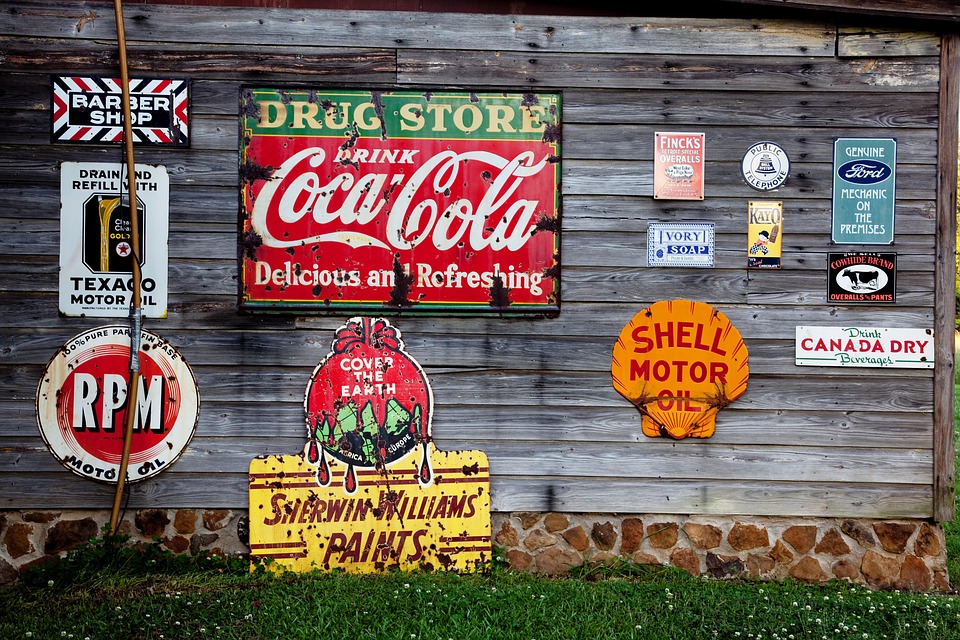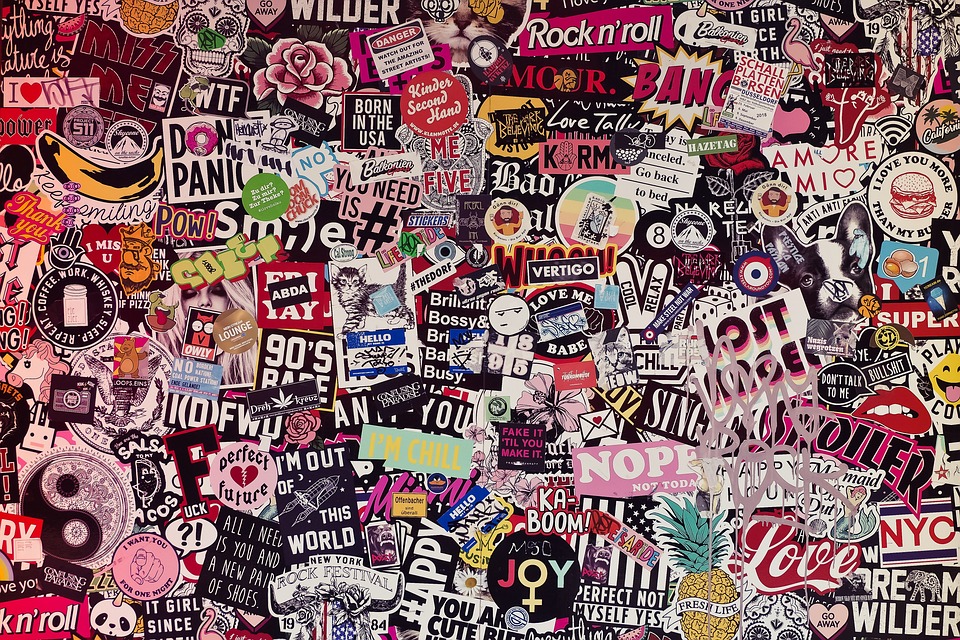
The father of modern advertising, David Ogilvy, starts his book on advertising by saying: “I do not regard advertising as entertainment or an art form, but as a medium of information.” Indeed that rings true in my ears, even as an advertising student years ago, my mentors often stressed the fact that advertising is not only about beautiful creation, it is not fine art but rather an exquisite form of communication.
Today, we will trace back the origins and use of advertising in ancient civilizations.
The Role of Advertising

Advertising exists to bring the right solution to a communication problem. A client that has a product to sell wishes to make the potential market aware of the product, they then seek the services of an advertising agency. A full-fledged advertising must be able to:
- Meet the client
- Interpret the needs of the client by listening to the client and asking the right questions
- Transmit the information to the creative team
- Present the right solution to the client and rationally explain the reason behind the solution proposed
- Choose and publish the advert in the right media
- And in some cases, measure the impact of the advert or advertising campaign.
Above is the typical workflow in the advertising industry. David Ogilvy continues in his book: “I don’t want you to tell me that you find it ‘creative’. I want you to find it so interesting that you buy the product.” In the end, advertising is about selling; selling a product, a service, an ideology in the case of social adverts initiated b NGOs.
Advertising is required by a plethora of sectors, not only commercial, but practically anyone who has something to communicate to a group of people.
Historical Perspective

In order to understand the origin and evolution of advertising, it is good to start with a retrospective on the primitive forms of advertising to capture the essence of the concept of advertising itself.
The Role of Egypt – 2000 BC: 1st Form of Outdoor Advertisement
If we consider that advertising is a form of communication used to encourage, persuade, or direct an audience (viewers, readers or listeners) to take action, then advertising can relate back to as far as 2000 BC, when Egyptians invented the 1st primitive form of outdoor advertisement when they carved public messages on stelae (stone slabs).
Greece – 79 AD: 1st Audio Advertisement
In 79AD, the Greeks invented the first audio advertisement, more precisely the first sonic logo, more commonly called a jingle today.
Europe – Middle Ages: Town Criers, Signs and Symbols
In the middle ages, when towns and cities began to grow and trade was common, town criers could be considered a form of audio advertising. Also at that time, signs were widely used to represent specific trades such as ‘cobbler’, ‘miller’, ‘tailor’, or ‘blacksmith’. Those could be considered as the first logos or symbols designed for commercial purposes.
France – 1631, French Newspaper: 1st Classified Ads
Thereafter, Gutenberg invented metal type printing in 1140 which popularized the use of paper for various publications. It was much later in 1631 that the French newspaper La Gazette published the first ‘classified ads’. These early line ads were predominantly informative, containing descriptive, rather than persuasive language.
Modern Perspective – The Break From Passively Informative to Aggressively Commercial Messages

Advertising as we know it today in its structured form has started to take shape in parallel with the Industrial Revolution period, that is, the mid-1700s. t advertising was born as a solution to the possibility of an economic disaster. From there on however, the role of advertising has become so important that it affects society culturally, socially and economically.
In the next article, we shall learn more about the role of advertising in the contemporary society.
